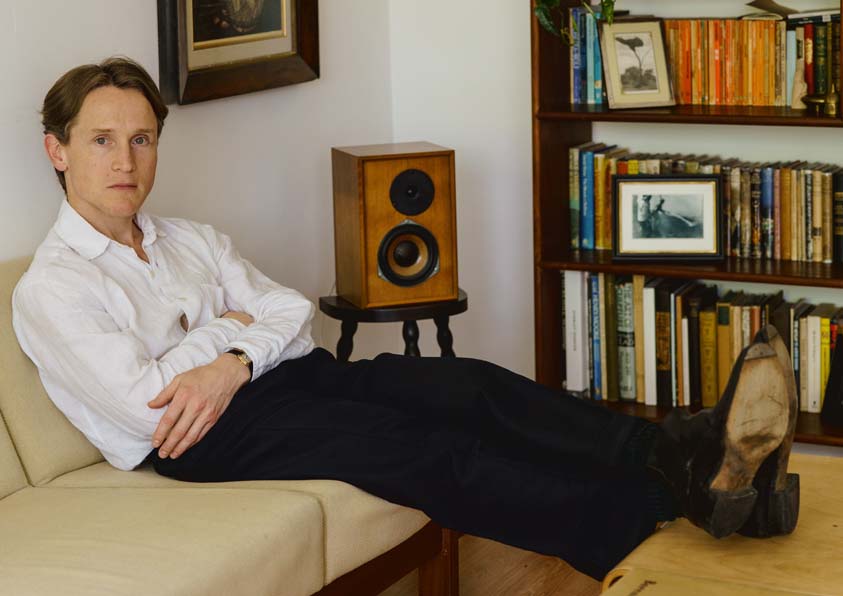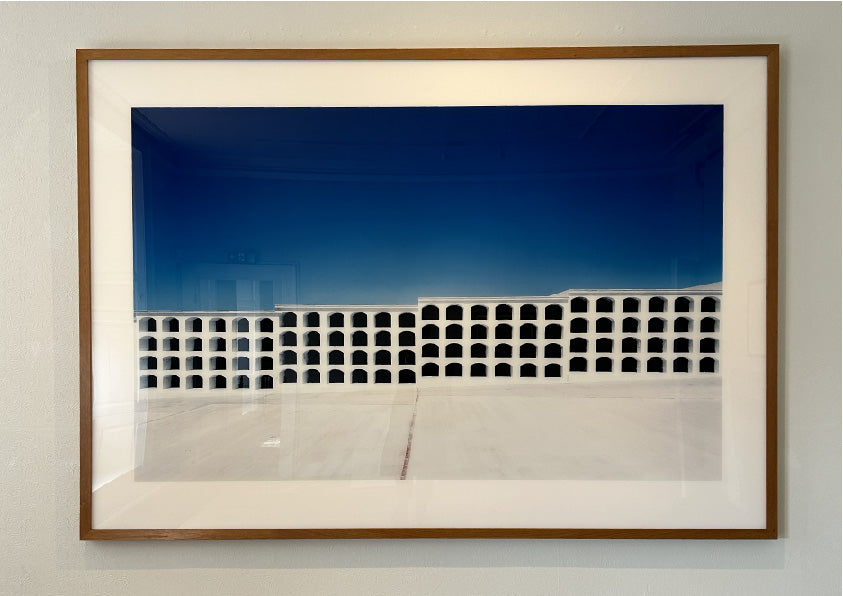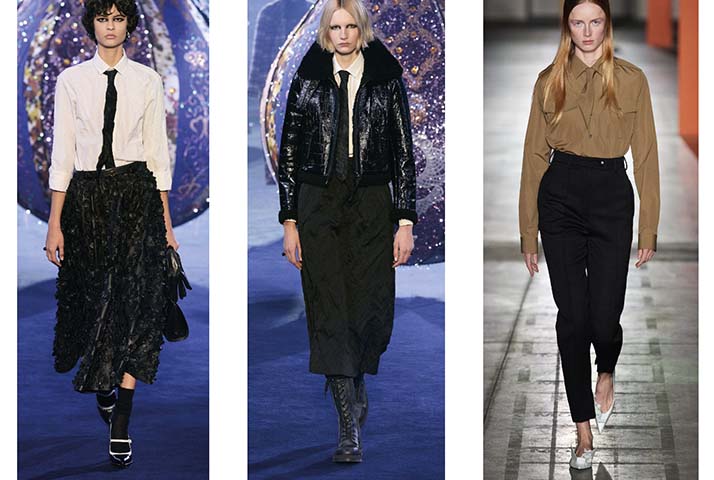This week we had the opportunity to visit the Tate Modern. Having planned to see the Cezanne exhibition, we were then encouraged by a lady in the ticket office to change our minds and see the Magdalena Abakanowicz one instead. We were not disappointed. This exhibition was so impressive, beautiful and powerful, it felt like a real discovery of an incredible female Polish artist we were not familiar with previously.

The first room introduced us to a more traditional sense of Abakanowicz's weavings. The colours in a subdued, sophisticated 60's palette with preliminary paintings alongside. The wallhangings, composed of natural fibres of wool and sisal, made and displayed with such confidence and stature that it gave a satisfying sense of promise and excitement for the exhibition.




As the rooms progressed, so did the scale and intrigue of the pieces. Turning the corner in to the 3rd room, we were faced with huge woven sculptures hanging from the ceiling, tickling the floor. The density of thread and form of the shapes gave the impression of moulded clay, yet the delicacy of texture and depth of colour in every thread showed why these was so special. A forest of 'Abakans' as they were named... a new name for a new art form.
"In the 60s, Abakanowicz was mainly associated with the fiber art movement. But she was always pushing beyond established groups. Even her earliest weavings appear improvisational – loom-thinking, it was called – without any preparatory design and forging from textile straight towards sculpture. She saw fibre, she said, “as the basic element constructing the organic world… the tissue of plants, leaves and ourselves, our nerves, our genetic codes… We are fibrous structures.” @lauracummingart for the guardian writes.

Towards the end of the exhibition, colour made a powerful impact. Mustard, red, black solid pieces which drew our eye in to the detail and precision of the subject even more. The angular stamen-like protractions and organic forms felt vulnerable, sensitive and extraordinary. The video alongside of her weaving from her tiny apartment also kept us captivated and a reminder of how complex this process of creation must have been.


Impressive scale, playful with light and shadow, form and colour. Abakanowicz gave us a reminder of our own inner form and construction of complicated fibres. What a beautiful show to see. A treasure in amongst so much to see at the Tate right now. We highly recommend a visit.




